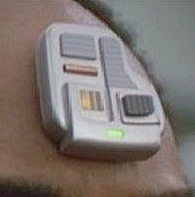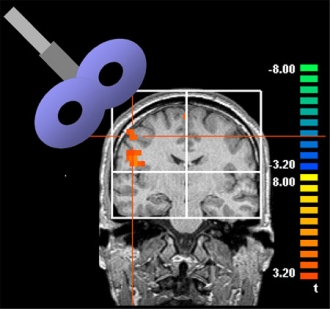
In Star Trek, the cortical stimulator is a medical device used to revive neural activity in the nervous system of critical patients by delivering an electrical shock to induce brain activity. It is almost always attached to the temples or foreheads of humanoids. Another form of cortical simulator was the neural simulator. This medical instrument used to increase neural activity in the central nervous system of a humanoid brain. This device is placed on the forehead of the patient. Another device, the cortical inhibitor, had the opposite effect of the cortical stimulator. It was used to control theta wave activity in the brain and thereby suppress memories.

In real life medical technology, cortical stimulators are used to stimulate neural activity, as in Star Trek, but primarily for monitoring purposes. For example, they are used for spinal cord injuries and surgery, allowing the health of the spinal cord to be assessed continuously during these risky surgical procedures. Surgical teams monitor the status of ascending spinal sensory pathways by applying stimuli to the patient’s ankle or wrist and observing the resultant changes in somatosensory evoked potentials (SEP’s) recorded from the brain. Changes in the SEP waveform will alert medical teams of possible complications and there is no doubt that this technique has protected many patients from surgically induced neurological deficits.

